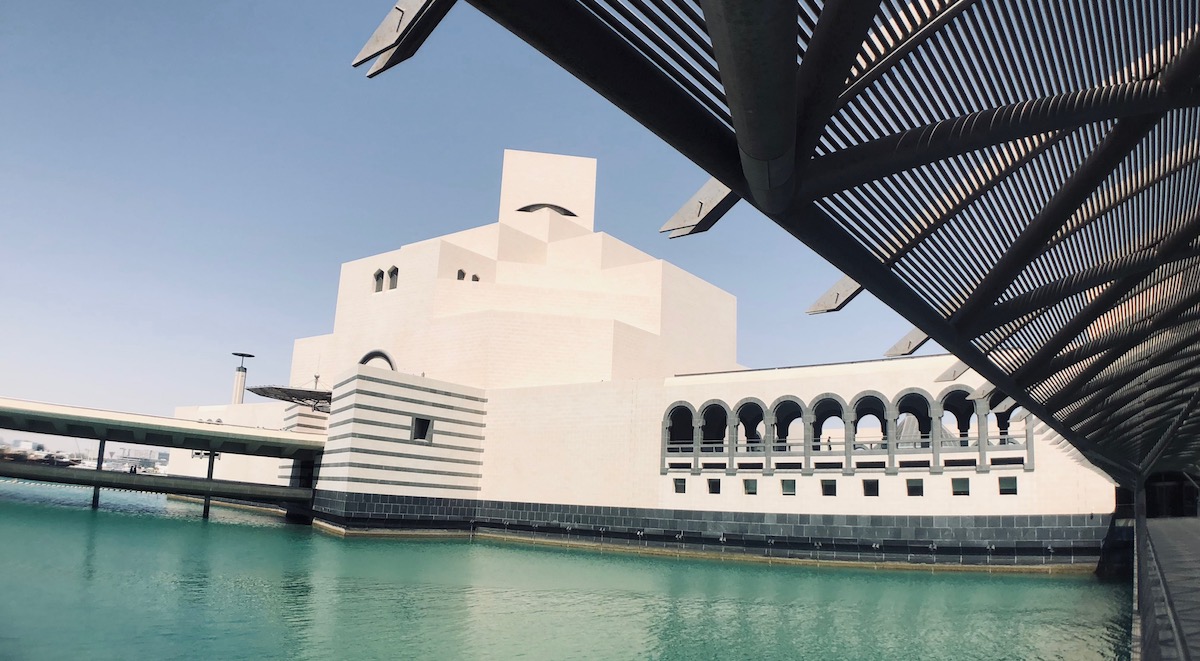The world-renowned architect I M Pei, best known for his iconic design for the Louvre pyramid, has died aged 102. Pei’s designs put an emphasis on precision geometry, plain surfaces and natural light. He worked well into his 90s, designing such masterpieces as the Museum of Islamic Art in Doha, Qatar. He also designed the Suzhou Museum in China, completed in 2006, The Bank of China tower (L) in Hong Kong. His other work includes Dallas City Hall and Japan’s Miho Museum.
“I believe that architecture is a pragmatic art. To become art, it must be built on a foundation of necessity,” I M Pei
Born in Guangzhou in 1917, Pei moved to the US at the age of 18 to study at Pennsylvania, MIT and Harvard. He worked as a research scientist for the US government during World War Two, and went on to work as an architect, founding his own firm in 1955.

Pei derived his inspiration at an early age from the gardens at Suzhou. In 1935, he moved to the United States and enrolled in the University of Pennsylvania’s architecture school, but quickly transferred to the Massachusetts Institute of Technology. He was unhappy with the focus at both schools on Beaux-Arts architecture, and spent his free time researching emerging architects, especially Le Corbusier. After graduating, he joined the Harvard Graduate School of Design (GSD) and became a friend of the Bauhaus architects Walter Gropius and Marcel Breuer. In 1948, Pei was recruited by New York City real estate magnate William Zeckendorf, for whom he worked for seven years before establishing his own independent design firm I. M. Pei & Associates in 1955, which became I. M. Pei & Partners in 1966 and later in 1989 became Pei Cobb Freed & Partners. Pei retired from full-time practice in 1990. Since then, he has taken on work as an architectural consultant primarily from his sons’ architectural firm Pei Partnership Architects.
Pei’s style was described as modernist with cubist themes and was influenced by his love of Islamic architecture. His favoured building materials were glass and steel, with a combination of concrete.
He was won variety awards and prizes for his buildings, including the AIA Gold Medal, the Praemium Imperiale for Architecture.
In 1983 Pei was given the prestigious Pritzker Prize. The jury said he had he “has given this century some of its most beautiful interior spaces and exterior forms”.
He used his $100,000 prize money to start a scholarship fund for Chinese students to study architecture in America.

